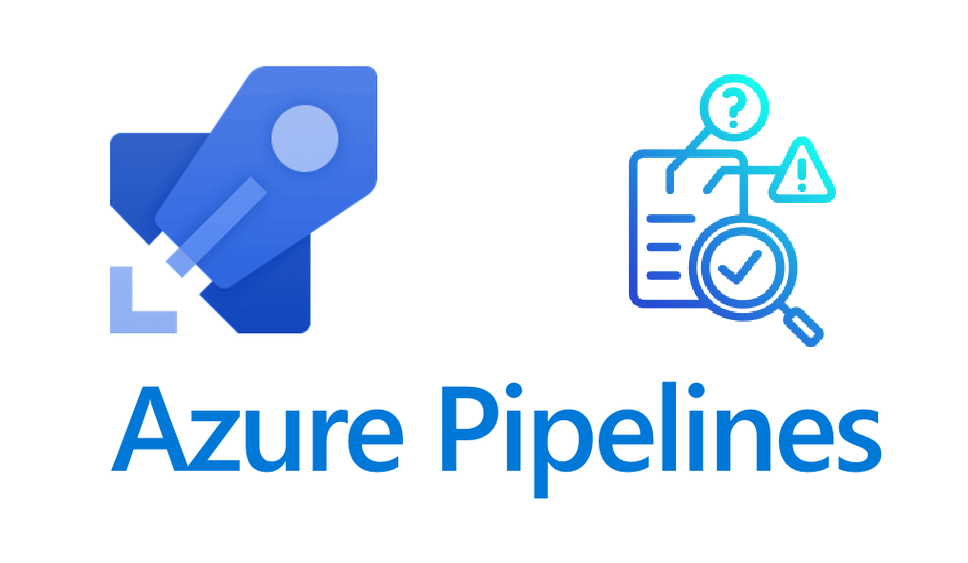
Scanning Docker images using Trivly within Azure DevOps
Index -
Container scanning using Trivy
Trivy is an open-source security scanner that can be used to find vulnerabilities and other security issues within images (such as secrets stored inside config)
In my case I integrated it into my existing CI/CD pipeline so that my Docker images are scanned for vulnerabilities before deployment
Pipeline config
To add Trivy into a pipeline there are 2 steps - installing and then running the scan
To install its simply a case of running the Linux installer
To run a scan you call the trivy image command with additional flags:
-
—exit-code 1 —severity HIGH,CRITICAL
This is used so that any high & critical vulnerabilities cause the program to exit with an error code - in turn this causes the pipeline to fail and in my config this means that the web app will not be uploaded
You can also use —exit-code 0 —severity HIGH,CRITICAL,MEDIUM,LOW to generate a report of all vulnerabilities -
$(containerRegistry)/$(imageRepository):$(tag)
This points to the image storage within the ACR (Azure Container Registry) in the format of {container registry}/{image name}:{tag}
Additionally you will need to also specify a few environmental variables using the ‘env’ section
This is used to specify the login details for my ACR - the open-source (and free) version is limited to supporting basic auth methods when pulling the image from the ACR
Paid plans additionally also support managed identity auth so you will not need to have explicit usernames & passwords
- stage: Trivy
displayName: 'Install trivy and run a scan'
jobs:
- job: Trivy
displayName: Install Trivy and run a scan
steps:
- script: |
sudo apt-get install rpm
wget https://github.com/aquasecurity/trivy/releases/download/v0.65.0/trivy_0.65.0_Linux-64bit.deb
sudo dpkg -i trivy_0.65.0_Linux-64bit.deb
trivy -v
- task: Bash@3
displayName: 'run scan'
inputs:
targetType: 'inline'
script: |
trivy image --exit-code 1 --severity HIGH,CRITICAL $(containerRegistryURL)/$(imageRepository):$(tag)
env:
TRIVY_AUTH_URL: "https://$(containerRegistryURL)"
TRIVY_USERNAME: $(containerRegistryName)
TRIVY_PASSWORD: $(containerPassword)To ensure that my pipeline exits when the scan flags up vulnerabilites I also added a dependency portion to the pubish stage so it will not run unless the scan stage succeeds
- stage: Publish
condition: succeeded('Trivy')
dependsOn: TrivyFull azure-pipelines.yml
# Docker
pool:
vmImage: 'ubuntu-latest'
resources:
- repo: self
variables:
- group: staticLib
stages:
- stage: Build
displayName: Build and push stage
jobs:
- job: Build
displayName: Build
steps:
- task: Docker@2
displayName: Build and push an image to container registry
inputs:
command: buildAndPush
repository: $(imageRepository)
dockerfile: $(dockerfilePath)
containerRegistry: $(dockerRegistryServiceConnection)
tags: |
$(tag)
- stage: Trivy
displayName: 'Install trivy and run a scan'
jobs:
- job: Trivy
displayName: Install Trivy and run a scan
steps:
- script: |
sudo apt-get install rpm
wget https://github.com/aquasecurity/trivy/releases/download/v0.65.0/trivy_0.65.0_Linux-64bit.deb
sudo dpkg -i trivy_0.65.0_Linux-64bit.deb
trivy -v
- task: Bash@3
displayName: 'run scan'
inputs:
targetType: 'inline'
script: |
trivy image --exit-code 1 --severity HIGH,CRITICAL $(containerRegistryURL)/$(imageRepository):$(tag)
env:
TRIVY_AUTH_URL: "https://$(containerRegistryURL)"
TRIVY_USERNAME: $(containerRegistryName)
TRIVY_PASSWORD: $(containerPassword)
- stage: Publish
condition: succeeded('Trivy')
dependsOn: Trivy
displayName: 'publish container'
jobs:
- job:
displayName: Publish container
steps:
- task: AzureWebAppContainer@1
displayName: 'Azure Web App on Container Deploy'
inputs:
azureSubscription: $(azureSubscription)
appName: $(appName)
containers: $(containerRegistry)/$(imageRepository):$(tag)Fixing my own vulnerabilities
As a results of adding container scanning this revealed high vulnerabilities within my own deployment

When investigating my dockerfile I found explicit mentions to out of date versions:
FROM node:22-alpine AS builder
FROM nginx:1.27-alpine AS runtime
This was a simple fix but without any automated scanning/reporting I probably wouldn’t have found found this security flaw
FROM node:22-alpine AS builder —> FROM node:latest AS builder
FROM nginx:1.27-alpine AS runtime —> FROM nginx:mainline-alpine AS runtime
After correcting this I ran the pipeline again and it ran fully and deployed my app as expected

